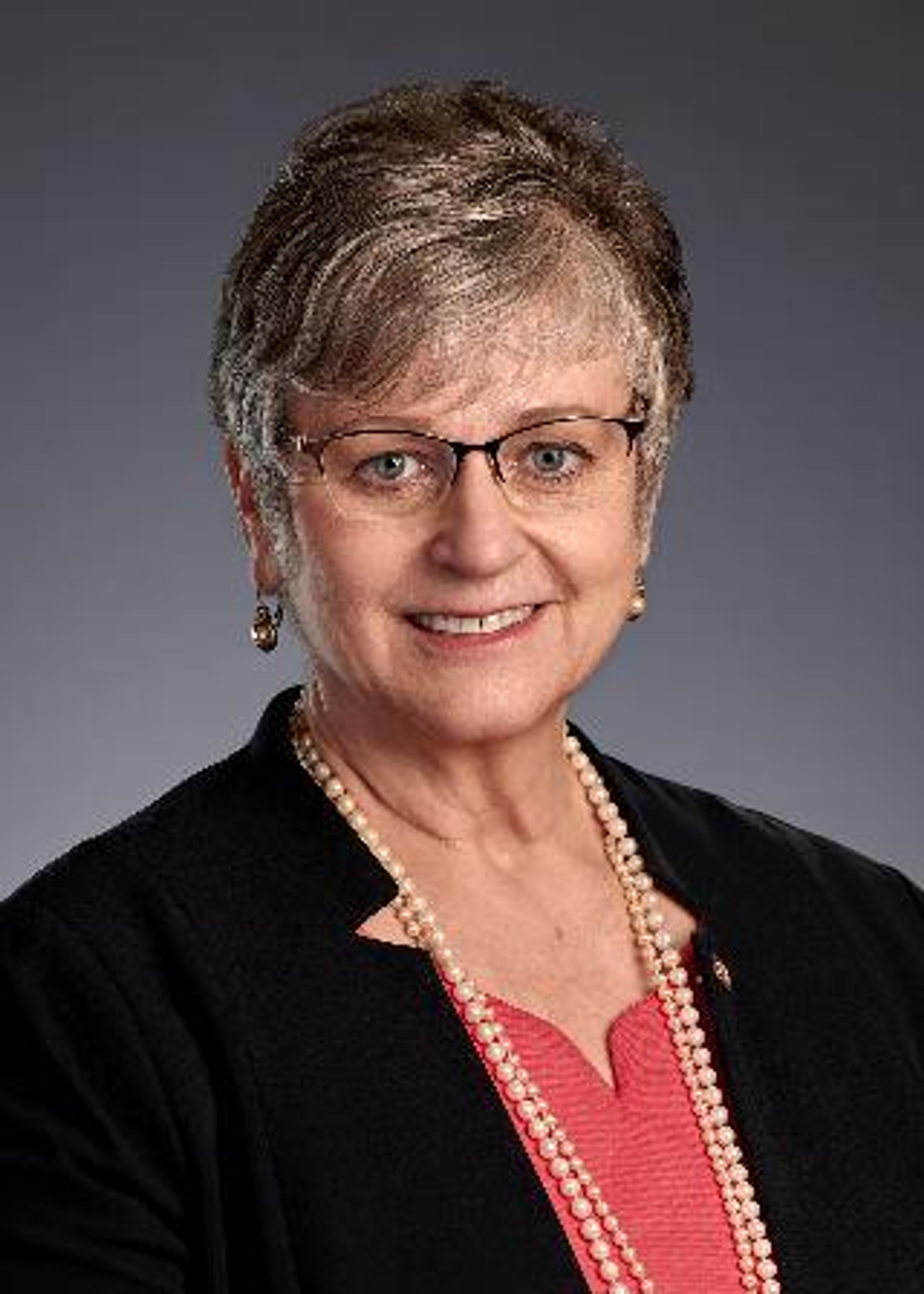New agreement opens land to public
IDFG and PotlatchDeltic deal allows access on more than 567,000 acres of land in northern Idaho
GRANGEVILLE — The Idaho Department of Fish and Game and PotlatchDeltic announced Friday they have entered into an agreement that provides hunting, fishing and other recreation access to more than 567,000 acres of the company’s timber land in northern Idaho.
The department is close to inking another agreement with the North Idaho Forest Group in the Panhandle region that will provide public recreation access to another 300,000 acres of private timber land. The group includes Stimson Lumber Co., Hancock Forest Management and the Molpus Woodlands Group.
According to the terms of the PotlatchDeltic agreement and the pending agreement with the North Idaho Forest Group, the department will pay both companies $1 per acre annually to secure access for recreation. Both agreements were announced at the Idaho Fish and Game Commission meeting at Grangeville on Friday.
PotlatchDeltic will retain its permit program for camping and all-terrain vehicle use on its land, and the North Idaho Forest Group may also choose to manage some activities. But the public will otherwise have general recreation access to the land.
The leases, negotiated by the department and paid for in part by a fund linked to the sale of hunting and fishing licenses, tags and permits, are similar to one between the agency and the Idaho Department of Lands last year that protects public access to 2.3 million acres of state endowment land.
“These agreements demonstrate Fish and Game’s continued commitment to putting money from the access/depredation fee to good use and provide hunters, anglers and trappers with access to private lands while compensating landowners for their support of those activities,” said Sal Palazzolo, private lands/Farm Bill program coordinator for the department at Boise.
The leases are set to automatically renew for at least three years. The department will use money allocated by a law passed in 2017 that in addition to raising some hunting and fishing fees, tacked on a $5 surcharge for residents and a $10 surcharge for nonresidents when they purchase licenses. Money raised by the fee is intended to pay for access to private land and to address crop damage by deer and elk.
Daryl Meints, Fish and Game’s deer and elk manager at Boise, said a draft of an updated whitetail management plan could be released as soon as next month. Hunters in the Clearwater Region have raised concerns over the past few years about the state of the whitetail herd. In particular, they say overall whitetail numbers appear to be down, as do the number of large bucks. Among other things, hunters have asked commissioners and the department to conduct more research on whitetail that largely live in northern Idaho, and to place management standards in the new plan.
Meints said collecting more data on whitetail deer will be a major emphasis in the new plan, and research that includes placing radio collars on both adult deer and fawns in both the Clearwater and Panhandle regions has already begun.
“I feel like we are making some real progress here,” said Commissioner Dan Blanco of Moscow, who represents the Clearwater Region. “I really like the fact that the draft acknowledges we need to do more for whitetail and approach parity with the type of, and quality of, research we do with mule deer and elk.”
The commission approved the initiation of rule-making that would allow it and the agency to limit the sale of nonresident hunting tags in over-the-counter general hunts in the future. The department limits participation of nonresidents in controlled hunts and in some units that have caps on the number of elk tags sold. The rule, if approved, would allow expansion of the limits to other areas and allow the department to manage the geographic distribution of nonresident tag sales.
Commissioners approved another measure that allows the department, to move forward with rule-making to allow the agency to require hunters to purchase a stamp to hunt pheasants on land not owned by the department but where it would release pheasants in the future. The stamp is already required on the agency’s wildlife management areas where pheasants are released in southern Idaho.
If the rule is approved by the agency and the Idaho Legislature next year, the department could release pheasants on private land, such as parcels in the Access Yes program, and make adult hunters who hunt there purchase the stamp to recover some of the costs of the pheasant release program. The stamp would not apply to hunters younger than 18.
“This just gives us the opportunity to expand the program and put a permit in place to recover some of those costs,” said Fish and Game Director Ed Schriever.
In other news:
1 A proposal that would have set summer chinook fishing seasons on the Lochsa River, upper Salmon River and the South Fork of the Salmon River was delayed because of a poor outlook for the run. Fisheries bureau chief Jim Fredericks said summer chinook fishing won’t be offered this year on the Lochsa or upper Salmon rivers, but if numbers improve over the next few weeks, a season may still be held on the South Fork of the Salmon.
Fredericks noted spring chinook fishing on the Clearwater River was suspended this weekend. The agency plans to monitor the run, and, if it improves, reopen the Clearwater next weekend.
“Right now, we don’t expect that is going to be the case,” he said. “If the numbers don’t change, the director will close the season.”
Salmon fishing on the Little Salmon and lower Salmon rivers is open Thursdays through Sundays.
l A vote on an updated upland game management plan was delayed until July. Commissioners, led by Blanco, asked the department to study the possibility of adding a component to the plan that would seek to reduce predators such as skunks and badgers that prey on juvenile game birds while they are still in the nest. Commissioners also asked department officials to add population objectives to the plan.
“I think it needs to go back to the workbench so we can come up with the best plan possible,” Blanco said.
1 The commission turned down a request from environmental groups that it create a rule that would require hunters in grizzly bear habitat near Yellowstone National Park to carry bear spray. Commissioners said the rule would be overbearing and difficult to enforce, and agreed with agency officials who said education about recreating in grizzly bear country would be more effective.
“We’re disappointed in this failure to improve public safety and protect wildlife. Requiring hunters to carry bear spray is a simple, commonsense measure that would keep more bears and more people alive,” said Andrea Santarsiere, of the Center for Biological Diversity.
l The meeting began with a moment of silence for Douglas Megargle, regional fisheries manager for the agency’s Magic Valley region, who died in an on-duty automobile crash on Interstate 84 near Hazelton Tuesday. Sally Rose, office services supervisor for the Magic Valley Region, was injured in the crash and remains hospitalized.
Eric Barker may be contacted at ebarker@lmtribune.com or at (208) 848-2273. Follow him on Twitter @ezebarker.









